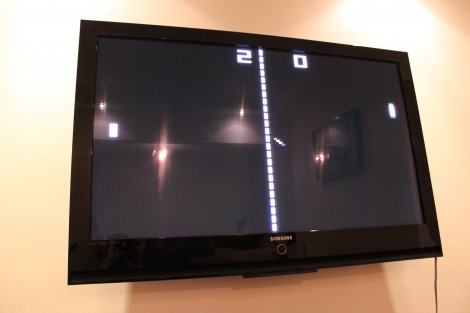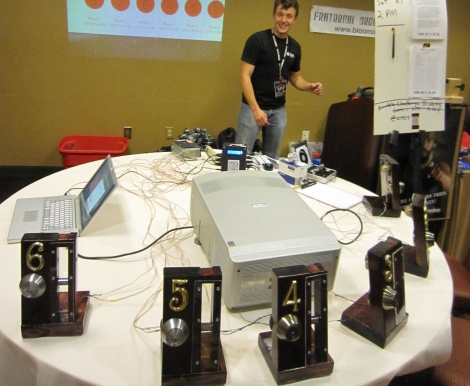
Buildlounge and Full Spectrum Laser have decided to give away a laser cutter to whoever comes up with the best project involving light.
The contest is in part sponsored by adafruit industries. The focus of the contest is light – just design something around light, submit it, and you’re in the drawing for your own laser cutter. A solar oven, photophone, solar fiber-optic lighting and hacking apart an old overhead projector are suggested on the contest page, but the winning project will probably be much cooler.
Entries are due by January 1st. First prize is Full Spectrum Laser’s 40 Watt laser cutter, second is an awesome green laser pointer from Wicked Lasers, and third prize is an EL wire starter kit from Adafruit. Entries are due by January 1st, so we expect to see a lot of awesome submissions on the Hack A Day tip line between now and New Years.

















